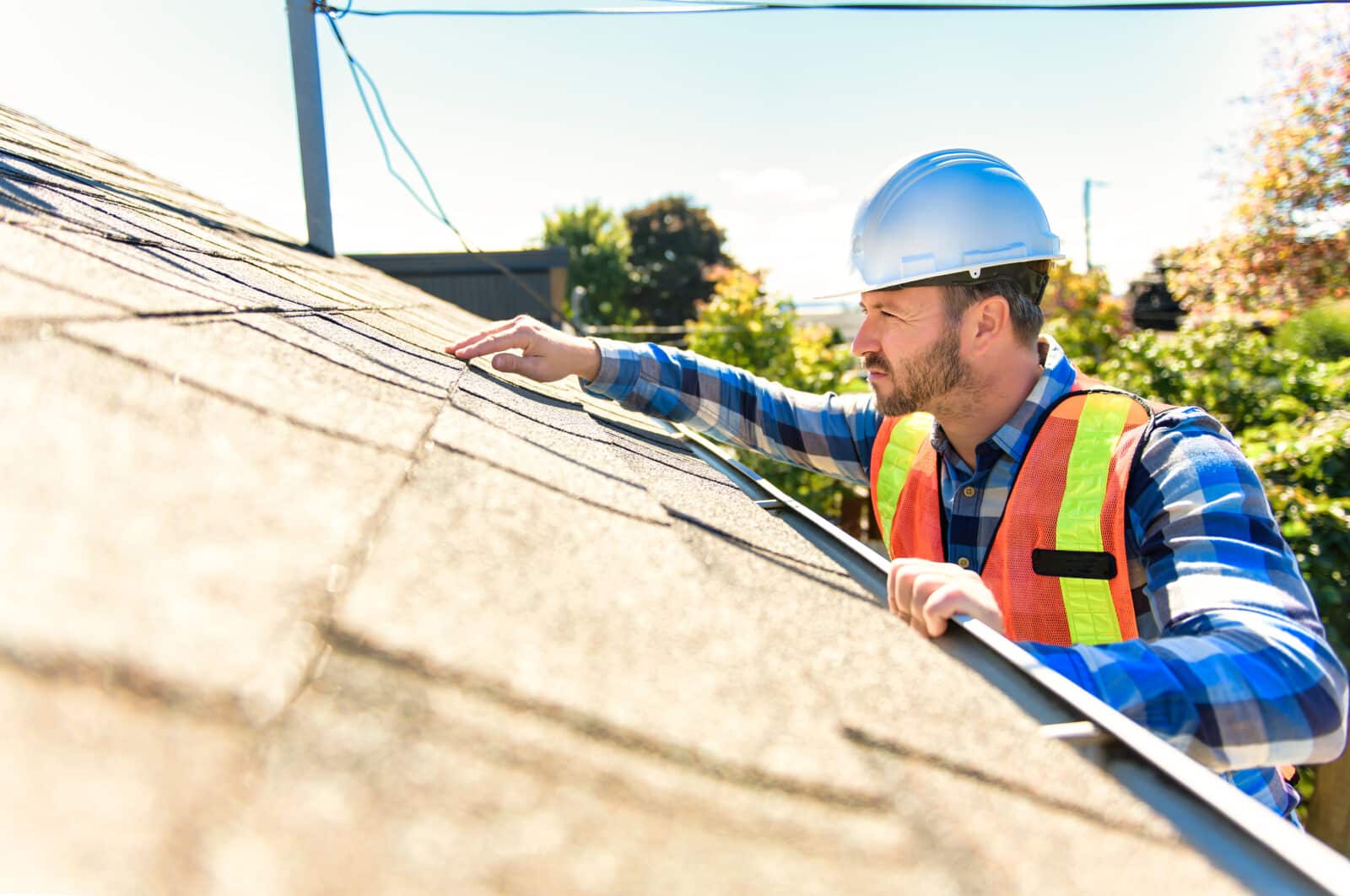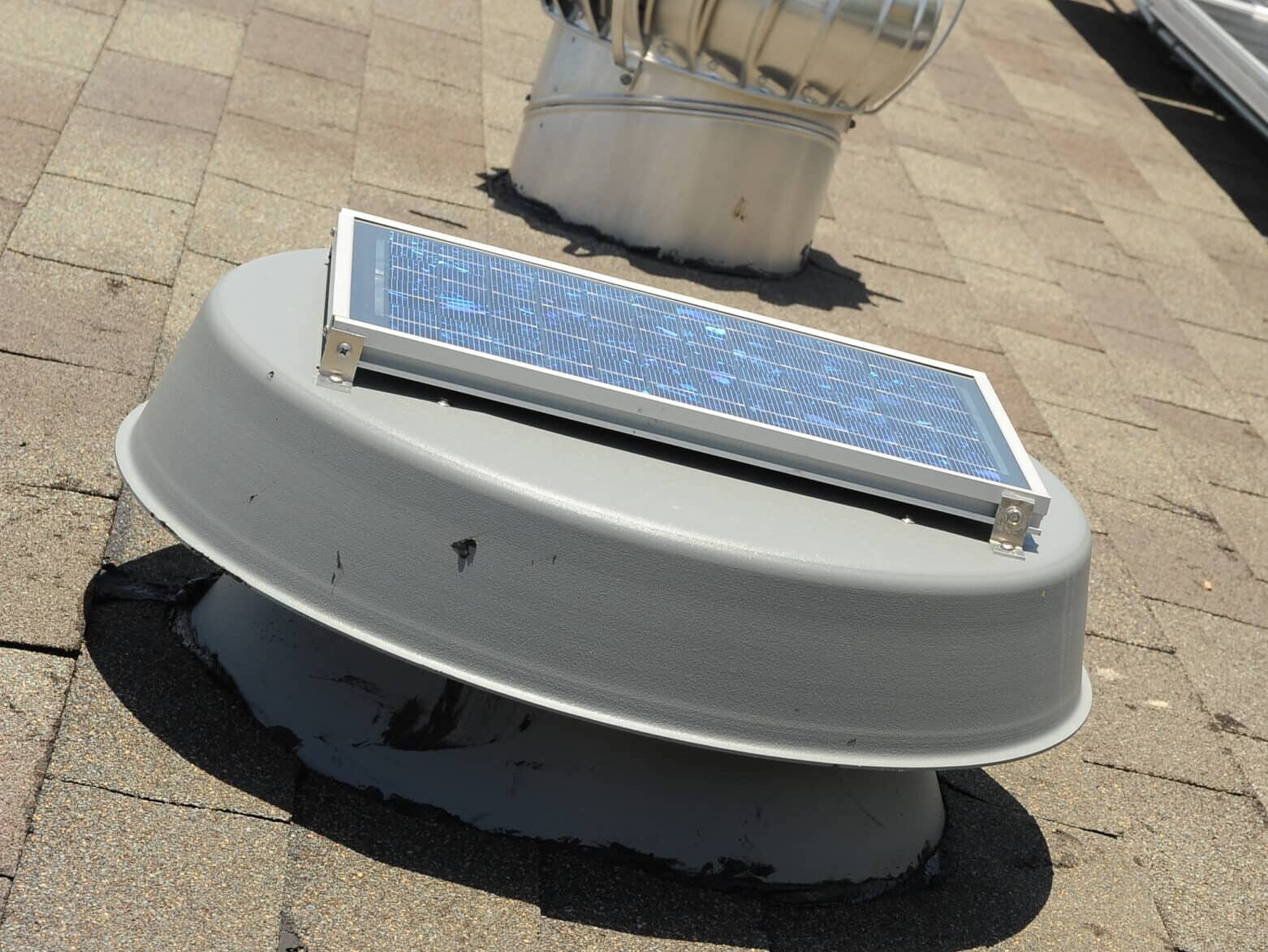Do you intend to have a metal roof installed on your home soon? You may already have a metal roof, but the noise it makes when something hits it is bothering you. Don’t get too worked up over your roofing noise; this post will show you how to have a metal roof without the noise.
It is not difficult to soundproof a metal roof. All you have to do now is make sure the metal sheets are securely fastened to the ceiling. If the noise persists, a decent sound dampening insulator or roof underlayment might be used to solve the problem.
You’ll also need a well-insulated upper-level ceiling to prevent noise from the metal roof from reverberating throughout the home.
During rain and especially hail storms, there may be too much sound emanating from the metal roof depending on the items used during installation. A metal roof has no reason to be noisier than any other sort of roof. Before installing the roof, make sure you have a good underlayment.
Table of Contents
Ways To Soundproof A Metal Roof
Compared to traditional roofs, a metal roof is also significantly more environmentally friendly. Installing a metal roof on your house or shed will significantly cut your electrical expenditures. If you want to extend the life span of your roof, you must pay careful attention to the overall roof structure, design materials, and cost competitiveness.
Let’s discuss a few top-leading ways to soundproof your roof:
Ceiling Insulation
The thicker the thickness between your roof’s covering and your upper floor, the less noise you’ll hear. By adding insulation, you can reduce the noise.
This is usually done retroactively when a roof is created with the proper type of roof underlay. If your roof is exceptionally noisy, you may want to add more soundproofing to your attic or top floor ceiling.
If your attic isn’t properly insulated, that’s where you should begin. Adding noise-reducing insulation or spray foam is a wonderful place to start.
Both of these methods can provide a physical barrier between your home’s interior and the loud roof. It is also possible to put a robust channel on an existing finish. A robust channel will provide an air gap between the insulation and the roof, reducing noise.
Fasteners The Metal Roofing Appropriately
The manufacturer’s guide is required for the correct installation of your metal roof and door; failing to follow it may result in your roof becoming noisy. The security of the sheets has a lot to do with the noise factor linked with metal roofs.
When hit by rain, roofing with few fasteners, loose fasteners, or fasteners in the wrong place tends to move. Roof fasteners are responsible for keeping the roof in place. Fasteners can be a concern if novice roofers install your metal roof incorrectly. This can also occur if fasteners are loose or insufficient fastening.
The roof will be extremely noisy when it rains due to fastening difficulties, causing noise to reverberate throughout the house. In addition to bad weather, a temperature fluctuation might harm a poorly installed metal roof. The expansion and contraction of the roof during seasonal changes would surely aggravate the condition.
Use High-Quality Roofing Underlayment
When installing a metal roof, you can also create an undulating roof. Adding a sublayer between the metal roofing and the roof sheathing is a critical step in reducing metal roof noise. Mats composed of nylon filaments and foam insulating sheers are two of the most frequent materials used for roof underlay.
Before putting the metal sheet, you can lay plywood or OSB on the roof. It doesn’t have to be particularly thick to be effective. In terms of soundproofing, a thin and less expensive solution will significantly impact.
This is a step that must be completed during the installation procedure. You will hear a noise if the roof is erected without a good underlay, which may cause people to feel that buying a metal roof is a terrible decision. You don’t need to worry about noise when you have appropriate underlayment roofing material.
Use Sound-deadening Paints
Rubber or latex-based paints are a simple sound-deadening solution that can be applied to an existing metal roof quickly and easily. While they aren’t as efficient as roofing felt, they are a less expensive alternative that doesn’t necessitate professional assistance.
Rubber-based paint will help reduce the tinning noises that metal is prone to when exposed to rain or wind. At least three layers are recommended for maximum impact, with each coat being thick.
Shape Of Roof Also Matters
The noise level can be affected by the curvature of the metal roofing. Metal roofing with a flat or vertical seam hugs the roof deck and is less likely to vibrate. Flatter roofs may be quieter than corrugated roofs.
Metal sheets with higher shape and texture are stiffer and less loud than flat roofing materials. They’re all loud, so regardless of the one you choose, you’ll need to be practical.
Choose Flat Metal Roofing Material
The type of steel roof you choose may impact the quantity of noise that gets into your home. Corrugated roofing, which shakes more than flat roofing during bad weather, could be a louder option.
Consider a flat or standing seam metal roof if you want your roof to be as quiet as possible. These forms of roofing hug the roof deck and, as a result, produce less resonance and noise, especially on those windy winter nights.
Conclusion
Except for the fact that it makes much noise and heats up too quickly, a metal roof is ideal in every regard. The nice part about soundproofing is that it addresses both issues.
All you have to do now is apply your technical expertise and soundproof your metal roof using the appropriate method! You will notice a significant improvement once that is completed.
Reading this essay should have taught you a lot about noisy metal roofs. Whether you’re considering a steel roof or trying soundproof a metal roof, there are a few choices discussed in this article that can nearly eliminate noise.





